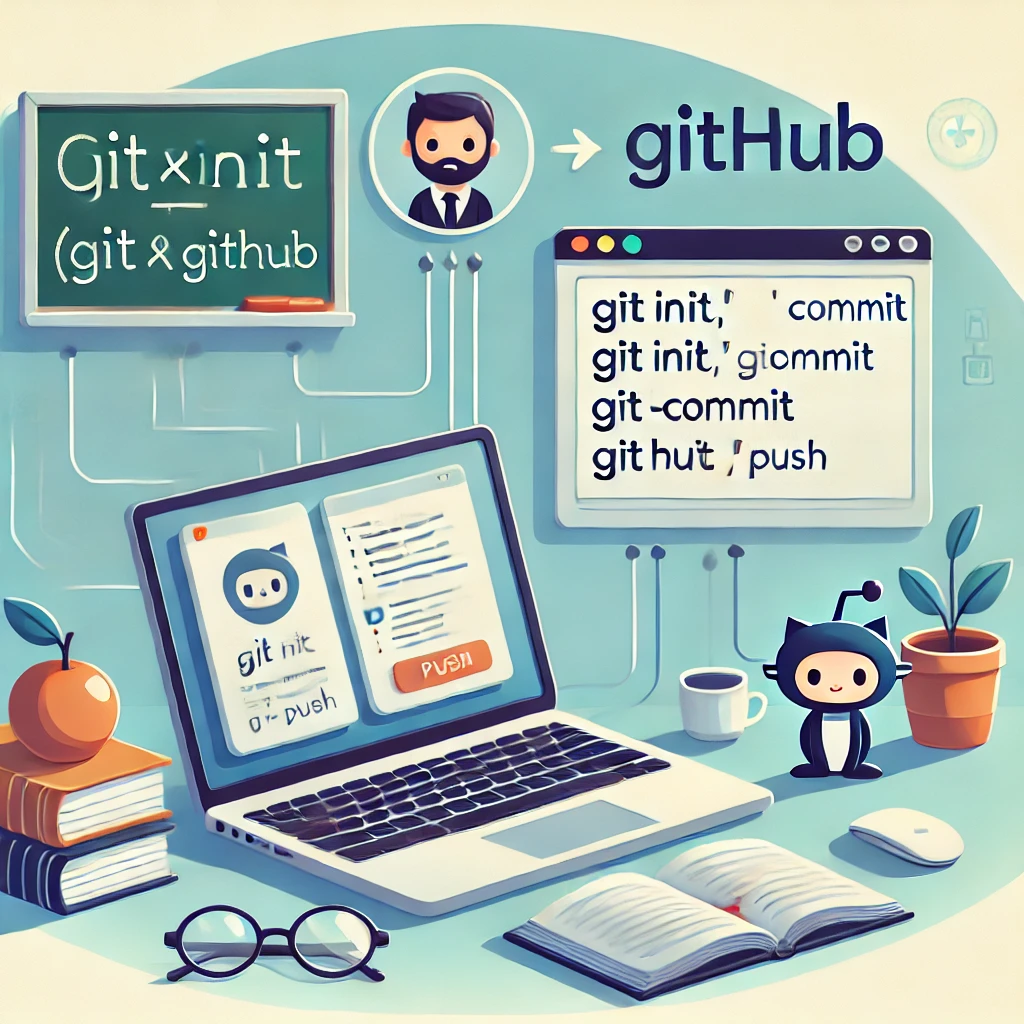Introduction
The Git and GitHub tutorial is essential for developers and teams looking to manage their code effectively. Understanding Git, a version control system, and GitHub, a platform for collaboration, is crucial for streamlining workflows and enhancing productivity. This tutorial will guide you through the fundamentals, ensuring you can leverage these powerful tools in your projects.
Getting Started with Git and GitHub

1. Understanding Git
Git is a distributed version control system that allows you to track changes in your code and collaborate with others seamlessly. Here are some key concepts and commands to get you started:
- Repository (Repo): A storage space for your project, which can be local (on your computer) or remote (on platforms like GitHub).
- Clone: This command creates a local copy of a remote repository.
git clone https://github.com/username/repo.git
- Add: Stages changes for the next commit.
git add filename
- Commit: Saves your changes with a message describing what you did.
git commit -m "Your commit message here"
- Push: Uploads your local changes to the remote repository.
git push origin main
- Pull: Fetches and merges changes from the remote repository to your local copy.
git pull origin main
These commands form the backbone of Git and allow you to maintain a clean and organized codebase.
2. Collaborating with GitHub
GitHub enhances the capabilities of Git by providing a collaborative platform for developers. Here’s how to make the most of GitHub:
- Create a GitHub Account: Sign up on GitHub to start hosting your repositories.
- Create a Repository: You can create a new repository directly from the GitHub interface. Choose a name, description, and decide if it should be public or private.
- Forking a Repository: If you want to contribute to someone else’s project, you can fork their repository. This creates your own copy, allowing you to make changes without affecting the original.
- Pull Requests: Once you’re satisfied with your changes, you can create a pull request to propose merging your changes into the original repository. This allows for code review and discussion before integration.
For more detailed instructions on setting up a GitHub repository, check our GitHub setup guide.
Conclusion
The Git and GitHub tutorial provides essential knowledge for managing your code and collaborating with others. By mastering Git commands and understanding how to use GitHub effectively, you can improve your workflow and project outcomes. Start using these tools today to streamline your development process.
For additional resources on version control and collaboration, explore our Git commands reference. If you have questions or need assistance, feel free to contact us or learn more. Start your journey into effective coding practices today!
Helpful Resources:



